Advertising is the art of making whole lies out of half truths
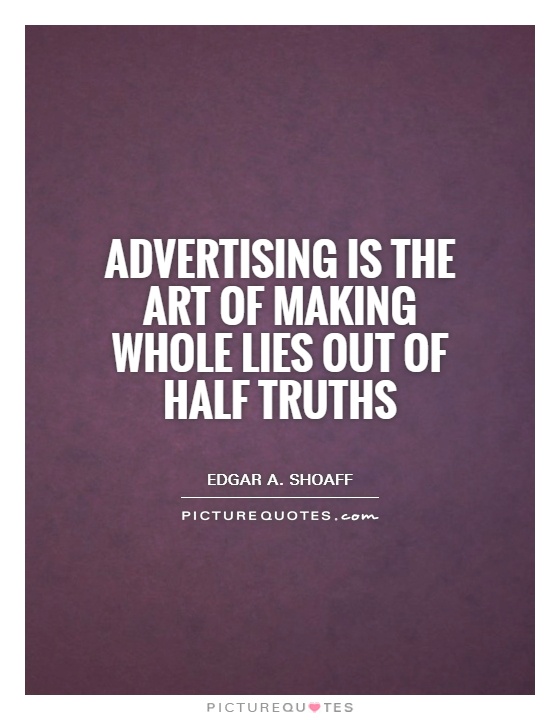
Advertising is the art of making whole lies out of half truths
Edgar A. Shoaff, a renowned advertising executive, once famously said, “Advertising is the art of making whole lies out of half truths.” This statement encapsulates the essence of the advertising industry, where the goal is to persuade and influence consumers to buy products or services through clever messaging and manipulation of information.In the world of advertising, the line between truth and fiction can often become blurred. Advertisers are skilled at taking a kernel of truth about a product or service and embellishing it to create a compelling narrative that resonates with consumers. This can involve exaggerating the benefits of a product, omitting negative information, or using misleading imagery to create a false impression.
Shoaff’s quote highlights the fact that advertising is not always about presenting the whole truth to consumers. Instead, it is about crafting a persuasive message that captures their attention and convinces them to make a purchase. This can involve using emotional appeals, celebrity endorsements, or other tactics to create a sense of urgency or desire in the consumer.
While some may argue that advertising is simply a form of storytelling or creative expression, others see it as a form of manipulation that preys on consumers’ insecurities and desires. By presenting half truths as whole lies, advertisers can create a false sense of need or desire in consumers, leading them to make purchasing decisions based on incomplete or misleading information.
In today’s digital age, where advertising is ubiquitous and consumers are constantly bombarded with messages from brands, it is more important than ever to be critical of the information we are presented with. As consumers, we must be vigilant in questioning the claims made by advertisers and doing our own research to ensure that we are making informed decisions about the products and services we choose to buy.
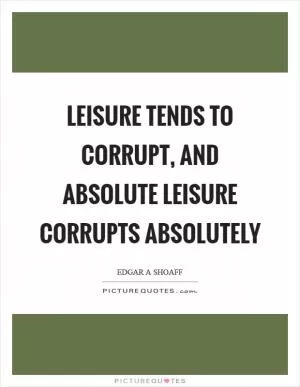
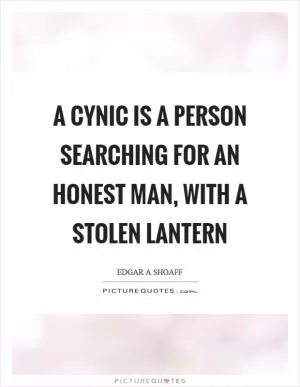
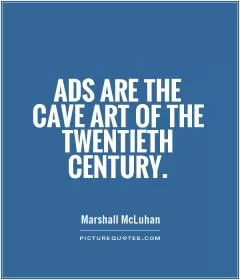

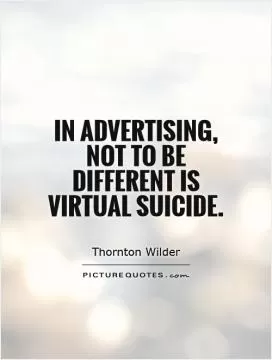
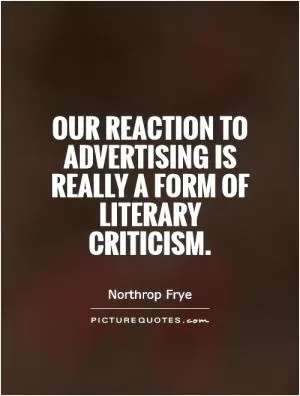
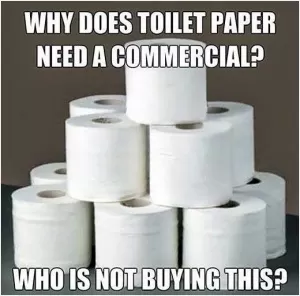


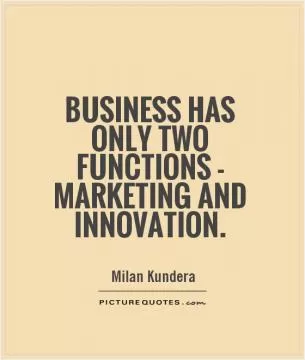

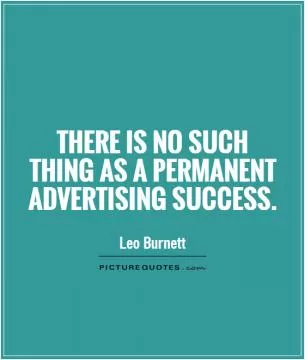
 Friendship Quotes
Friendship Quotes Love Quotes
Love Quotes Life Quotes
Life Quotes Funny Quotes
Funny Quotes Motivational Quotes
Motivational Quotes Inspirational Quotes
Inspirational Quotes